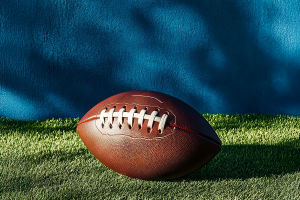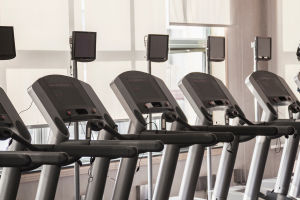Hey Lykkers! Have you ever watched rowers gliding across the water, slicing through waves like a blade? It looks calm on the surface, but underneath, it's a high-speed face-off with nature — especially the wind.
Today, we're diving into how rowing is more than just strength — it's about rhythm, teamwork, and the battle between water and air.
What Makes Rowing So Special?
Unlike sports on solid ground, rowing happens on a constantly moving surface. The boat, or shell, is super light and narrow. That means it reacts to every little wave, breeze, and body movement. So, we need more than power — we need balance and timing. Every second counts, and every move has to be perfect.
Why Wind Is a Big Deal?
When we're rowing, wind can either help us or fight against us. A tailwind (wind from behind) pushes us forward — nice! But a headwind (wind blowing toward us) slows us down and makes the boat harder to control. Even side winds can tip the boat or mess up our rhythm. That's why learning to “read the wind" is a key skill in rowing.
Our Secret Advantage: Synchronization
In a rowing team, we're not just a bunch of people paddling at the same time. We have to move exactly together, from the tip of the oar to the angle of our backs. If one person is off, even slightly, the boat can slow down or start wobbling. It's like a human machine — all parts need to work in perfect sync, especially when the wind is trying to throw us off balance.
It's Not Just Arms — It's the Whole Body
Many people think rowing is all about arm strength, but it's actually a full-body workout. The power starts in our legs, moves through our core, and finishes with our arms. When we push off with our legs, it drives the seat forward on the slide. Then, we engage our back and arms to pull the oar. This combo gives the boat its speed — not just brute force from the arms.
The Role of the Coxswain
In team rowing, there's someone small but mighty at the front or back of the boat — the coxswain. This person doesn't row but plays a huge role in keeping us on course. They steer the boat, call out timing, and adjust strategies on the fly. When we're up against strong wind or choppy waves, the coxswain's voice is what keeps us focused and moving straight.
Strategy Matters: How We Handle Windy Conditions
When the wind picks up, we adjust our technique. We might take shorter, quicker strokes to keep the rhythm tight. We may change our oar angles slightly to cut into the wind more smoothly. And mentally, we stay calm. Panicking only breaks our form and wastes energy. It's all about staying in control, no matter how wild the water gets.
Training Beyond the Water
To get better at rowing, we don't just practice on the water. We hit the rowing machine, build strength with bodyweight and weight training, and improve our cardio endurance. Flexibility and stability exercises help us handle sudden shifts in the boat. And yes, we even study weather reports and practice in rough conditions to prepare for the real thing.
Why Rowing Is Addictive?
There's something magical about the glide of a rowing boat. When we're in sync, and the water is sliding beneath us, it feels like flying low over glass. The wind might challenge us, but it also pushes us to be smarter, stronger, and more united. That's what keeps us coming back — that dance between nature and teamwork.
Ready to Try Rowing, Lykkers?
So Lykkers, what do you think — is rowing just a simple water sport? Or is it a true test of teamwork, rhythm, and smart thinking against the wind? Next time you see a rowing race, look closer. Notice the perfect timing, the effort behind each pull, and how the team moves like one. Maybe it'll inspire you to hop in a boat and feel that glide yourself. Are you up for the challenge? Let us know!


